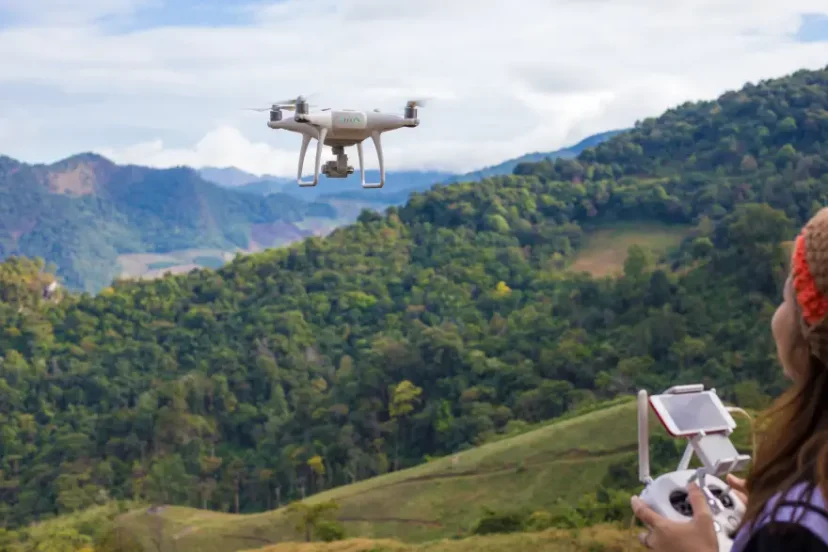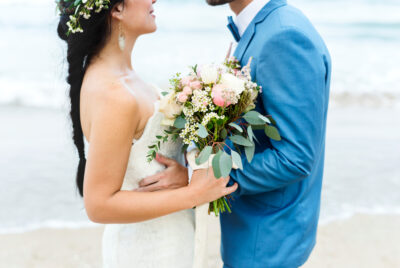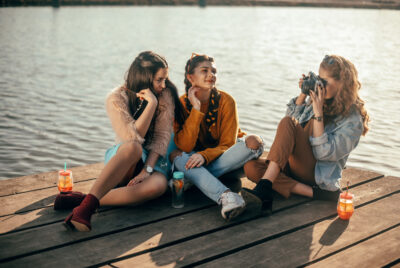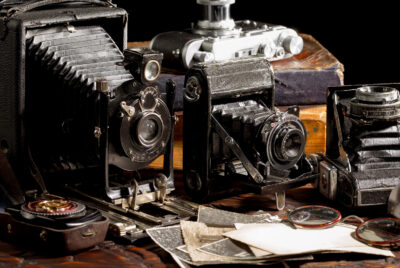Drone Photography
Drone Photography: Capturing the World from a New Perspective
When was the last time you were completely awestruck by a photograph? Chances are, it was an aerial shot captured by a drone. Drone photography has revolutionized the way we see and capture the world around us. Whether you’re a hobbyist or a professional photographer, drones have opened up a whole new realm of creative possibilities, allowing us to capture breathtaking images from perspectives that were once impossible to achieve. In this article, we’ll explore everything you need to know about drone photography, from choosing the right drone to mastering the art of capturing stunning aerial shots.
> > > See the full range and prices of photography drones CLICK HERE < < <
What is Drone Photography?
Simply put, drone photography is the use of unmanned aerial vehicles (UAVs), commonly known as drones, to capture images and videos from the sky. These drones are equipped with high-quality cameras that allow photographers to shoot from unique angles and heights, offering a bird’s-eye view of landscapes, architecture, events, and more. What sets drone photography apart is its ability to capture scenes from perspectives that were once only accessible by helicopters or planes, but at a fraction of the cost and effort.
Why Drone Photography is the Future of Visual Storytelling
There’s no denying that drone photography is more than just a trend—it’s the future of visual storytelling. The ability to capture expansive landscapes, intricate details, and dynamic scenes from the sky has transformed the way we share stories through images. With drones, we’re not just taking photos; we’re telling stories that immerse the viewer in a way that’s both captivating and unforgettable.
Unique Perspectives provided by drone photography
One of the biggest advantages of drone photography is the unique perspective it offers. Drones can reach heights and angles that are impossible for a person on the ground. Imagine capturing the vastness of a mountain range, the symmetry of a cityscape, or the movement of waves crashing against the shore—all from a vantage point that was once the domain of birds. These unique perspectives allow photographers to create images that are truly one-of-a-kind.
Versatility and Accessibility
Another reason why drone photography is here to stay is its versatility and accessibility. In the past, capturing aerial shots required expensive equipment and specialized skills. Today, drones have made it possible for anyone with a passion for photography to take to the skies and start shooting. Whether you’re photographing a wedding, real estate, or a travel adventure, drones offer a level of versatility that traditional photography simply can’t match. And with the continuous advancements in drone technology, even beginners can produce professional-quality images with ease.
Choosing the Right Drone for Photography
So, you’re ready to dive into the world of drone photography. But with so many options on the market, how do you choose the right drone for your needs? The key is to consider what you’ll be using the drone for and what features are most important to you. Let’s break down the essential factors to consider when choosing a drone for photography.
Camera Quality
The camera is arguably the most important part of your drone, especially if you’re serious about photography. Look for drones with high-resolution cameras, preferably with a 4K video capability and a high megapixel count for still images. Some drones even offer interchangeable lenses, giving you more creative control over your shots. Remember, the better the camera, the better your photos will be.
Flight Time and Range
Another critical factor to consider is the drone’s flight time and range. Most drones offer a flight time of 20 to 30 minutes on a single charge, which can limit the number of shots you can capture. Opt for a drone with a longer flight time if you plan to shoot in remote locations or need more time to set up your shots. Additionally, consider the range of the drone—how far it can fly from the controller—especially if you’re planning to shoot in wide, open spaces.
Stability and GPS with drone photography
Stability is key when it comes to capturing sharp, clear images from the sky. Drones with built-in GPS and advanced stabilization systems are able to hover steadily in place, even in windy conditions. This ensures that your shots are crisp and free of motion blur. Look for drones with multiple axis gimbals, as these provide additional stabilization, especially during movement.
> > > See the full range and prices of photography drones CLICK HERE < < <
Mastering Drone Photography Techniques
Now that you have your drone, it’s time to master the art of drone photography. While flying a drone and snapping photos might seem straightforward, there are several techniques that can take your aerial photography to the next level.
Understanding Camera Settings
Just like with traditional photography, understanding your camera settings is crucial in drone photography. Get familiar with settings such as ISO, shutter speed, and aperture, and learn how to adjust them based on the lighting conditions and the effect you want to achieve. For example, a higher shutter speed is necessary to capture fast-moving subjects, while a lower ISO is ideal for reducing noise in your images.
Framing and Composition
Framing and composition are everything in photography, and drone photography is no different. Pay attention to the rule of thirds, leading lines, and symmetry when composing your shots. Because drones give you the ability to shoot from virtually any angle, experiment with different perspectives to find the most compelling composition. A well-composed shot can make the difference between an ordinary photo and an extraordinary one.
Lighting Considerations
Natural light is your best friend in drone photography. The golden hours—shortly after sunrise and before sunset—provide the most flattering light, with soft shadows and a warm glow. Avoid shooting in the harsh midday sun, as this can create unwanted glare and overly contrasted images. When shooting in low light, make sure to adjust your camera settings accordingly to avoid blurry or underexposed shots.
> > > See the full range and prices of photography drones CLICK HERE < < <
Legal Considerations and Safety Tips with drone photography
Before you take off, it’s important to familiarize yourself with the legal and safety aspects of flying a drone. While drones offer incredible opportunities for photography, they also come with a set of responsibilities.
Understanding Local Laws
Drone laws vary from country to country, and even within different regions of the same country. Before you fly, make sure you understand the local regulations, including where you can and cannot fly, altitude limits, and any required permits. Some areas, such as national parks and urban centers, may have strict no-fly zones, so it’s crucial to do your homework to avoid hefty fines or legal trouble.
Safety Precautions
Safety should always be your top priority when flying a drone. Always keep your drone within line of sight, and avoid flying near airports, crowded areas, or in adverse weather conditions. Make sure to perform a pre-flight check to ensure your drone is in good working condition, and have a plan in place in case of an emergency landing. Remember, a responsible drone pilot is a safe drone pilot.
Editing and Post-Processing Drone Photos
Capturing the perfect shot is just the first step in drone photography. Editing and post-processing play a crucial role in bringing your images to life.
Basic Editing Tools
For beginners, there are plenty of user-friendly editing tools available, such as Adobe Lightroom and Photoshop. These programs allow you to make basic adjustments to exposure, contrast, saturation, and sharpness, helping to enhance the overall look of your drone photos.
> > > See the full range and prices of photography drones CLICK HERE < < <
Further Reading
Check out our other relevant articles:
Real Estate Drone Photography: Capturing Properties from New Heights
https://phototipsgalore.com/smartphone-photography/
Here are two valuable links that provide educational guidance and commentaries related to drone photography:
- DJI Guides: Drone Photography Tips and Tricks – This guide from DJI offers a comprehensive overview of essential drone photography tips, including camera settings, composition techniques, and advice on getting the most out of your drone for photography.
- PetaPixel: 8 Essential Drone Photography Tips for Beginners – PetaPixel provides a beginner-friendly guide that covers important aspects of this, from understanding legal regulations to mastering aerial composition and lighting.




